Suffering from posterior shoulder pain? This article cuts straight to the chase, addressing the likely causes, symptoms, and effective treatments for your discomfort. Stay tuned for a focused exploration of both non-surgical and surgical solutions that can help you reclaim comfort and mobility.
Key Takeaways
- Posterior shoulder pain is a multifactorial issue with common causes including rotator cuff injuries, labral tears, and muscle imbalances, which may lead to conditions such as impingement syndrome and posterior shoulder tightness.
- Comprehensive assessment of posterior shoulder pain includes physical exams, range of motion testing, and diagnostic imaging, such as X-rays, MRI and MR arthrograms, to ascertain the root cause and guide treatment.
- Non-surgical treatment options involving physical therapy, stretching, and strengthening exercises are primary methods for managing posterior shoulder pain, while surgery may be necessary for more severe or unresponsive cases.
Posterior Shoulder Pain: Causes and Symptoms
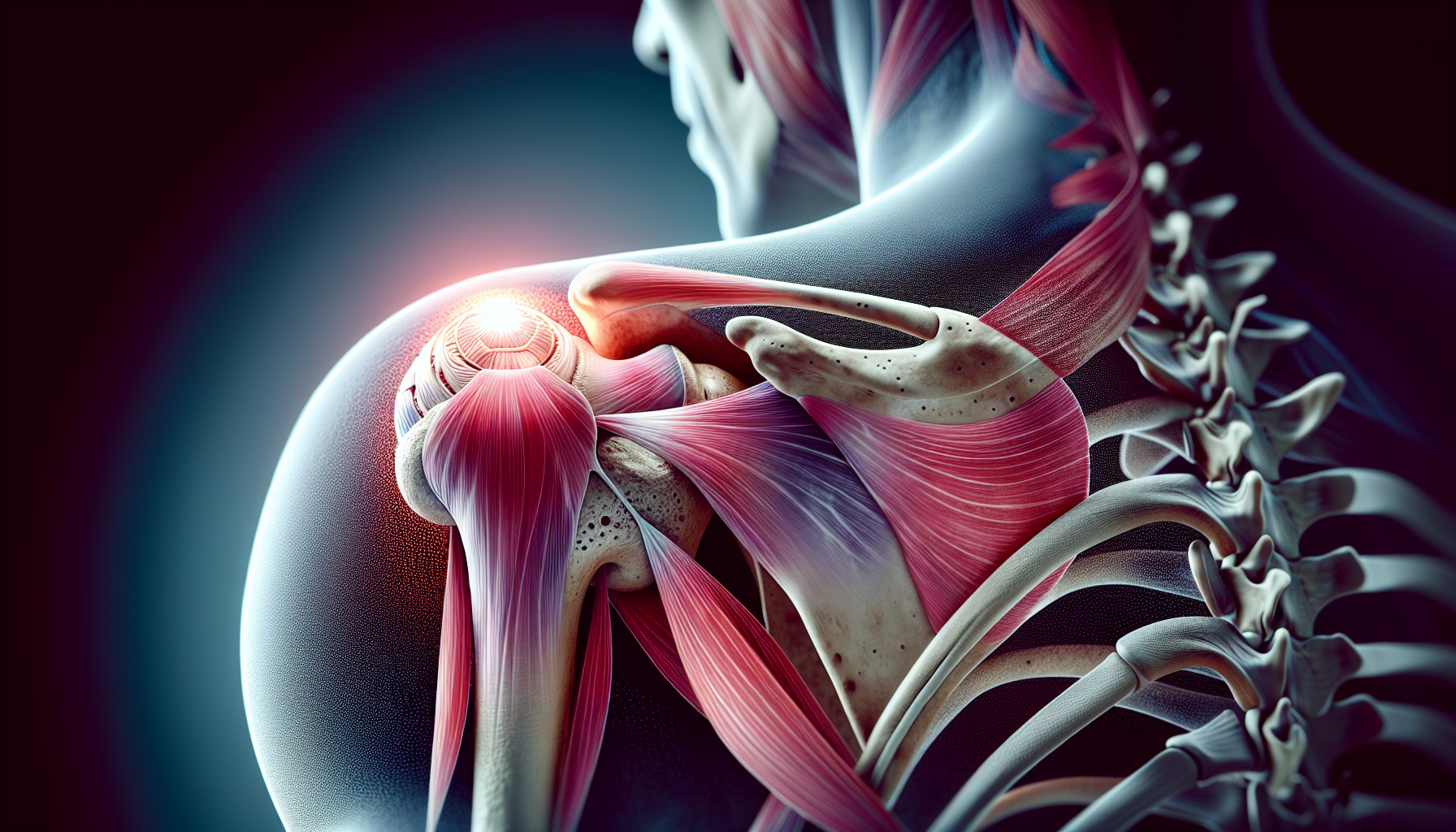
Posterior shoulder pain is a complex problem with a variety of causes. It’s like a puzzle that needs various pieces to complete. These pieces are the different factors that contribute to the pain. The first piece of the puzzle is the posterior rotator cuff itself, a group of muscles and tendons that stabilize the shoulder joint. When these tendons make contact with the posterior glenoid rim and labrum during arm abduction, it can lead to a condition known as posterior shoulder impingement syndrome, which is closely related to posterior impingement. Other contributing factors include:
- Posterior capsule tightness
- Anterior translation of the humeral head
- Excessive external rotation
- Scapula dyskinesis
The symptoms of this condition can be as varied as its causes. Most commonly, individuals suffer from a sharp or pinching pain at the posterior glenohumeral joint line and experience pain during the cocking phase of throwing. Complicating the picture further is the fact that our understanding of posterior internal impingement is still evolving, with definitive causes, presentations, and treatments yet to be fully determined.
Posterior shoulder tightness (PST) is another significant cause of shoulder pain. It is often found in individuals with shoulder pain and can lead to a limited range of motion. With posterior shoulder tightness measured, patients experiencing posterior shoulder pain have found relief and increased external rotation at 90 degrees of abduction after performing specific stretches like the prayer stretch.
To understand these causes in more detail, let’s delve deeper into specific causes such as rotator cuff injuries, labral tears, and muscle imbalances.
Rotator Cuff Injuries
Rotator cuff injuries, including rotator cuff tear, are like the twisted ankle of the shoulder world – they can occur with a simple misstep, and suddenly you’re in a world of pain. When the arm is extended outward, these injuries can lead to posterior shoulder pain. This is especially worrisome for those who engage in activities that require extensive use of the shoulder joint and the rotator cuff muscles.
Diagnosing a rotator cuff injury doesn’t require complex machinery or invasive procedures. A simple drop-arm test is often enough to evaluate the integrity of the rotator cuff. This test is particularly useful for detecting a potential tear or supraspinatus dysfunction, which can manifest as posterior shoulder pain.
Labral Tears
Imagine a small tear in your favorite shirt that, if left unchecked, gradually expands until the shirt is unwearable. That’s a similar scenario to what happens with labral tears in the shoulder. These tears can be a significant cause of posterior shoulder pain.
Detecting a labral tear isn’t always straightforward. However, magnetic resonance arthrograms have proven to be particularly sensitive in detecting these tears. Accurate assessment of labral tears is crucial in selecting the appropriate intervention for alleviating posterior shoulder pain.
Muscle Imbalances
Muscle imbalances can also lead to posterior shoulder pain. These imbalances can occur as a result of athletic activities that lead to overuse or involve a traumatic event, causing subluxation or dislocation and contributing to posterior shoulder instability.
Poor posture, such as rounded shoulders or a forward head position, can also lead to muscle imbalances. These imbalances can result in strain, tightness, and potential impingement in the rotator cuff tendons.
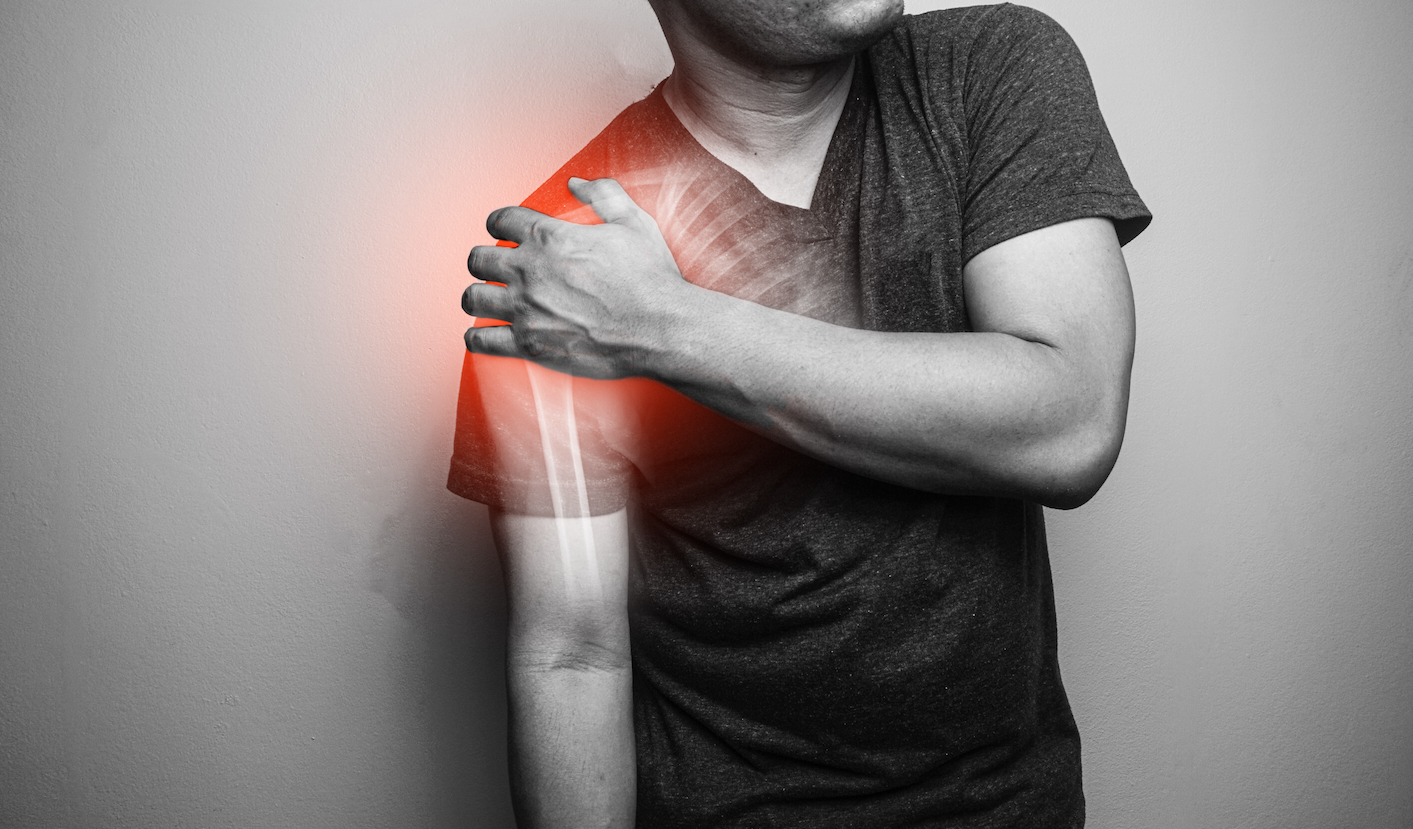
Assessing Posterior Shoulder Pain
Just as a mechanic needs to thoroughly inspect a car to find the source of a problem, healthcare professionals need to conduct a comprehensive assessment to diagnose posterior shoulder pain. This involves physical examination, range of motion testing, and diagnostic imaging to determine the root cause of the discomfort.
During a physical examination, the healthcare provider will inspect and palpate the shoulder, evaluate the range of motion, and conduct provocative testing. Acromioclavicular and sternoclavicular joints, cervical spine, and biceps tendon are some key areas that should be examined during palpation for posterior shoulder pain.
Symptoms such as stiffness or loss of motion may indicate adhesive capsulitis, dislocation, or glenohumeral joint arthritis. Chronic pain and loss of passive range of motion may indicate the presence of a frozen shoulder or tears in the rotator cuff. These conditions can contribute to significant discomfort and limitations in shoulder movement..
Let’s delve deeper into the specifics of physical examination, range of motion testing, and diagnostic imaging.
Physical Examination
A physical examination is the first step in diagnosing posterior shoulder pain. It involves taking a thorough history of the patient’s age, dominant hand, activities related to sport or work, and the impact of the injury on normal activities. It also involves asking about symptoms like pain, instability, stiffness, locking, catching, and swelling.
During the physical examination, the healthcare provider will carry out:
- A comprehensive inspection
- Palpation
- Assessment of range of motion and strength
- Provocative shoulder testing
This thorough examination is critical for identifying the source of posterior shoulder pain and assessing changes in muscle mass and laxity.
Range of Motion Testing
Range of motion testing is a key part of the assessment process. It involves assessing active and passive ranges and isolating glenohumeral motion from the scapulothoracic articulation.
Comparing the range of motion in the painful shoulder with the unaffected side helps gauge the patient’s normal range. Evaluators analyze both the active range of motion, where the patient moves the shoulder voluntarily, and the passive range, where the shoulder is moved without patient muscle use.
Improving posture has been shown to enhance shoulder mobility, resulting in an increased shoulder range of motion and less pain during arm elevation.
Diagnostic Imaging
Sometimes, a physical examination and range of motion testing may not provide a complete picture of the underlying cause of posterior shoulder pain. That’s where diagnostic imaging comes in. Tools such as X-rays and MRIs are essential in confirming the cause of posterior shoulder pain and guiding subsequent treatment decisions.
For a detailed assessment of internal shoulder impingement, a combination of imaging techniques is used to visualize both bone and soft tissue structures. These techniques include:
- X-rays, which may reveal bone defects like reverse Hill-Sachs lesions in cases of posterior shoulder instability
- MRI and CT scans, which provide a clearer view of soft tissue pathology and glenoid morphology
- Musculoskeletal ultrasound, which can help identify any abnormalities in the soft tissues
- MR arthrogram with gadolinium contrast, which can provide additional information about the joint structures
These imaging techniques are essential for diagnosing and evaluating internal shoulder impingement.
Lastly, plain film X-rays serve as a useful screening tool for degenerative cervical disc disease, a potential differential diagnosis in patients presenting with posterior shoulder pain.
Non-Surgical Treatment Options
In many cases, posterior shoulder pain can be effectively managed and reduced through non-surgical treatment options. These include physical therapy, stretching techniques, and strengthening exercises. These treatments are like a triple threat against shoulder pain, targeting the causes, managing the symptoms, and preventing further injury.
Physical therapy is a key non-invasive and drug-free approach to managing, reducing, and sometimes preventing posterior shoulder pain. It works by helping restore movement and function. Physical therapists specializing in shoulder injuries create specialized exercise programs to:
- Strengthen shoulder muscles
- Relieve pain
- Restore movement
- Prevent future injury
Let’s delve deeper into how these three non-surgical treatment options can help manage and reduce posterior shoulder pain.
Physical Therapy
Physical therapy is like the Swiss Army knife of non-surgical treatments. It’s versatile, adaptable, and effective. It involves exercises tailored to a patient’s specific condition, focusing on reducing pain symptoms and improving shoulder function.
During the assessment process, the physical therapist also checks for a lack of glenohumeral internal rotation and muscle strength, which may indicate a glenohumeral internal rotation deficit. In these cases, posterior relocation mobilization can provide instant relief. The therapy also incorporates exercises such as carrying, which helps teach proper torso positioning, and the prayer stretch, which can benefit long-term shoulder health.
Stretching Techniques
Stretching is another vital part of non-surgical treatment. It’s like a daily dose of flexibility for your shoulder. Research indicates that movement and exercise, including stretching and mobility exercises, can be as effective as injections and even surgery for reducing shoulder pain and improving mobility.
Specific stretching techniques, like passive horizontal adduction and internal rotation movements, supine sleeper stretch, and exercises from the 90/90 position, can specifically target the posterior shoulder. The doorway stretch, scalene stretch, and prayer stretch are other effective techniques that can be easily incorporated into your daily routine to improve shoulder health.
Strengthening Exercises
The last piece of the non-surgical treatment puzzle is strengthening exercises. Like the foundation of a building, strong shoulder muscles help maintain overall shoulder health and prevent future pain. Targeting the postural muscles of the upper back with strengthening exercises is essential for maintaining proper shoulder alignment.
Effective exercises to improve shoulder health include:
- Face pulls, which train external rotation and scapular retraction
- Chest-supported rows, which strengthen the mid-back and rear deltoids
- Front rack carries
- Arm bars
- Overhead presses with an emphasis on the eccentric phase
Surgical Interventions
While non-surgical treatments can be highly effective, there are cases where they may not provide sufficient relief. When less invasive treatments, like injections, have been ineffective, surgery may be considered.
The type of surgical intervention, whether it’s arthroscopy or rotator cuff repair, relies heavily on the specific condition of the patient. Plancher Orthopaedics & Sports Medicine, under the experienced hands of Dr. Kevin D. Plancher, is equipped to perform a wide range of these surgical treatments. Let’s delve into arthroscopy and rotator cuff repair, two common surgical interventions.
Arthroscopy
Arthroscopic surgery is a less invasive approach to treating posterior shoulder instability. It’s like having a tiny camera inside your shoulder, enabling the surgeon to visualize and treat concomitant shoulder pathology. By staying updated with the latest research and techniques, such as those published in the “j shoulder elbow surg” journal, surgeons can ensure they are providing the best possible care for their patients.
This type of surgery has several advantages:
- It requires only small incisions about the size of a buttonhole, making it less invasive than traditional open surgery.
- It typically results in less pain and scarring.
- Recovery time is usually shorter.
- There is a lower risk of infection.
However, it’s not without its possible complications. Shoulder stiffness is a common post-procedure symptom that may require physical therapy.
Rotator Cuff Repair
Rotator cuff repair surgery is another surgical intervention for posterior shoulder pain. It involves sewing the torn tendons back to the upper arm bone.
The initial healing phase of the rotator cuff tendons to the bone takes approximately six weeks, forming a strong attachment by three months, with complete healing occurring around six to nine months. The probability of successful tendon healing after surgery is significantly influenced by the size of the tendon tear prior to surgery.
Prevention Strategies
As the adage goes, prevention is better than cure. When it comes to posterior shoulder pain, this couldn’t be truer. Prevention strategies include maintaining proper posture, engaging in regular exercise, and adopting a healthy lifestyle to support overall shoulder health.
Maintaining proper posture is essential as it helps reduce stress on the shoulder joint. Regular exercise, including targeted shoulder exercises, strengthens the shoulder muscles and maintains flexibility, which can prevent pain.
But it’s not just about the physical aspects. Your lifestyle plays a crucial role too. A healthy lifestyle, encompassing nutrition, stress management, and movement strategies, contributes to overall shoulder health and prevents the recurrence of pain. Let’s delve deeper into these prevention strategies.
Proper Posture
Proper posture is the backbone of shoulder health. Ensuring muscle, ligament, and tendon balance provides stability to the shoulder joints. Correct posture can reduce the stress on the shoulder joint, thereby preventing posterior shoulder pain and facilitating efficient rotator cuff function.
Adopting an aligned posture, with relaxed shoulders and a straight spine, in both sitting and standing positions, as well as utilizing an ergonomic workspace, minimizes strain on the shoulder joint.
Regular Exercise
Regular exercise is like the oil that keeps the shoulder joint running smoothly. It’s crucial for keeping shoulder muscles strong and flexible, which can help in mitigating the risk of posterior shoulder pain.
Incorporating a mix of moderate and high-intensity physical activities into one’s routine can effectively decrease the likelihood of developing musculoskeletal shoulder pain. Some examples of activities to include are:
- Walking
- Jogging
- Cycling
- Swimming
- Weightlifting
A healthy lifestyle that integrates regular exercise and avoids smoking is associated with a lower occurrence of musculoskeletal pain in the shoulder area.
Healthy Lifestyle
A healthy lifestyle doesn’t just keep your waistline in check – it also plays a crucial role in shoulder health. Balanced nutrition supports joint and muscle health, including that of the shoulder.
Effective stress management is also crucial for pain prevention and maintaining healthy shoulder function. So, remember to take care of your mind and body – your shoulders will thank you!
Dr. Kevin D. Plancher’s Expertise and Approach
When it comes to treating posterior shoulder pain, Dr. Kevin D. Plancher’s expertise and approach are second to none. With an extensive background in Surgery of the Hand and Orthopaedic Sports Medicine, and a noted expertise in treating injuries related to the knee, shoulder, elbow, and hand, Dr. Plancher provides a comprehensive approach to treating posterior shoulder pain at Plancher Orthopaedics & Sports Medicine.
Whether it’s conservative management or surgical intervention, Dr. Plancher and his team at Plancher Orthopaedics & Sports Medicine are committed to helping you overcome posterior shoulder pain and get back to your active lifestyle.
Dr. Kevin D. Plancher’s Background
Dr. Plancher’s journey to becoming a leading orthopaedic surgeon and sports medicine expert is marked by extensive education and dedication. He completed his undergraduate studies at Trinity College with a Bachelor’s in chemistry and biochemistry, followed by a Master’s in Science in Physiology and a Doctorate in Medicine from Georgetown University. He pursued an orthopaedic residency at Harvard University’s Combined Orthopaedic program and completed fellowships in hand and microvascular surgery, sports medicine, and shoulder and knee reconstruction at The Steadman Hawkins Clinic.
His commitment to advancing orthopaedic care and sports medicine is evident in his academic and professional achievements. He holds board certifications in Sports Medicine and Surgery of the Hand, and founded the “Orthopaedic Summit: Evolving Techniques”, a national conference that showcases evolving techniques in orthopaedics.
Dr. Plancher also established “The Orthopaedic Foundation for Active Lifestyles (OFALS),” demonstrating his commitment to supporting an active lifestyle through non-profit work.
Plancher Orthopaedics & Sports Medicine
At Plancher Orthopaedics & Sports Medicine, the mission is to provide the highest level of orthopaedic care and sports medicine to patients. Founded by Dr. Plancher, the institution specializes in treating a range of conditions and offers services like pain management, joint function restoration, and surgical interventions for conditions like posterior shoulder pain.
Located in Manhattan, NY, and Greenwich, CT, Plancher Orthopaedics & Sports Medicine offers:
- Expertise and services accessible to a wide geographical area
- An ACGME-accredited sports medicine fellowship program
- Affiliations with NewYork-Presbyterian / Weill Cornell Medical Center and NewYork-Presbyterian Lower Manhattan Hospital.
Posterior shoulder pain can be a complex and debilitating condition, but it doesn’t have to be a life sentence. Understanding its causes, symptoms, and treatment options is the first step towards relief. Whether it’s through physical therapy, regular exercise, or adopting a healthier lifestyle, there are many ways to manage and even prevent this pain. And when non-surgical treatments aren’t enough, surgical interventions like arthroscopy or rotator cuff repair are available. Remember, you don’t have to navigate this journey alone. With the expertise of Dr. Kevin D. Plancher and the comprehensive care at Plancher Orthopaedics & Sports Medicine, you can confidently take steps towards a future free of shoulder pain. Contact Plancher Orthopaedics today to see how we can help you with posterior shoulder pain!
Frequently Asked Questions
What causes posterior shoulder pain?
Posterior shoulder pain can be caused by factors such as rotator cuff injuries, labral tears, muscle imbalances, and poor posture. It’s important to seek medical attention for a proper diagnosis and treatment.
How is posterior shoulder pain diagnosed?
Posterior shoulder pain is diagnosed through a physical examination, range of motion testing, and diagnostic imaging like X-rays and MRIs. These tests help doctors identify the cause of the pain and develop an appropriate treatment plan.
What non-surgical treatment options are available for posterior shoulder pain?
You can address posterior shoulder pain with non-surgical options such as physical therapy, stretching techniques, and strengthening exercises to manage pain and enhance shoulder function.
When is surgery considered for posterior shoulder pain?
Surgery is considered for posterior shoulder pain when other treatments, such as injections, have not been effective.
How can I prevent posterior shoulder pain?
To prevent posterior shoulder pain, it’s important to maintain proper posture, engage in regular exercise, and adopt a healthy lifestyle to support overall shoulder health. These strategies can help reduce the risk of experiencing pain in the posterior shoulder area.




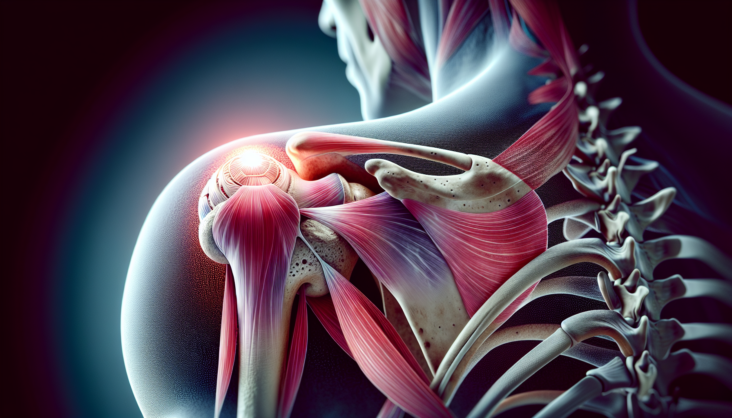
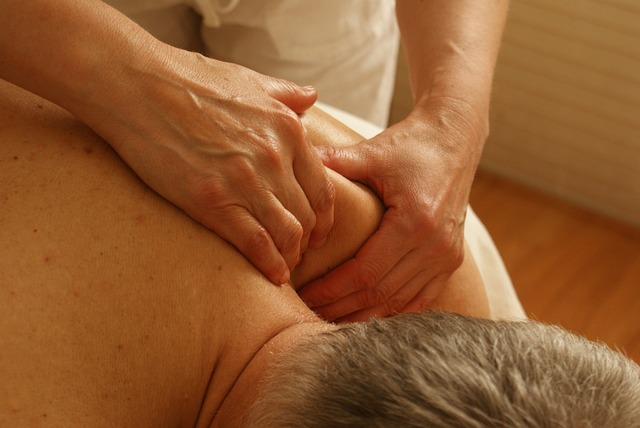
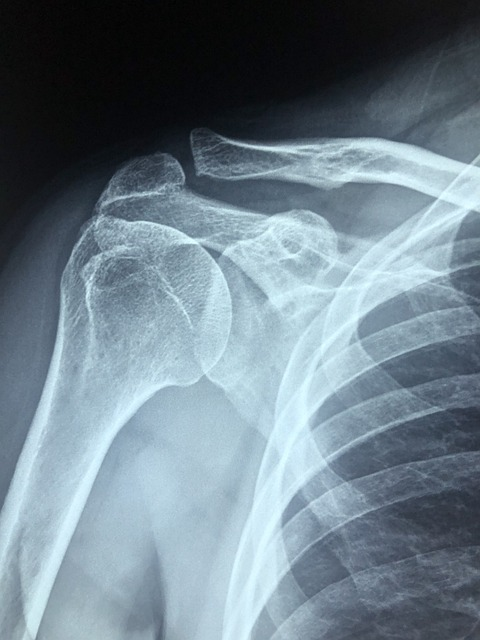
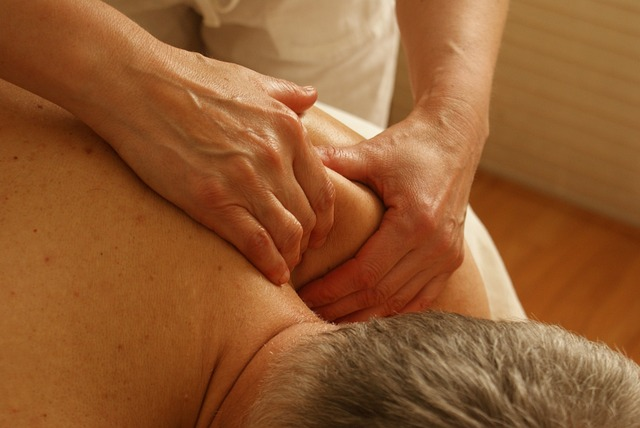



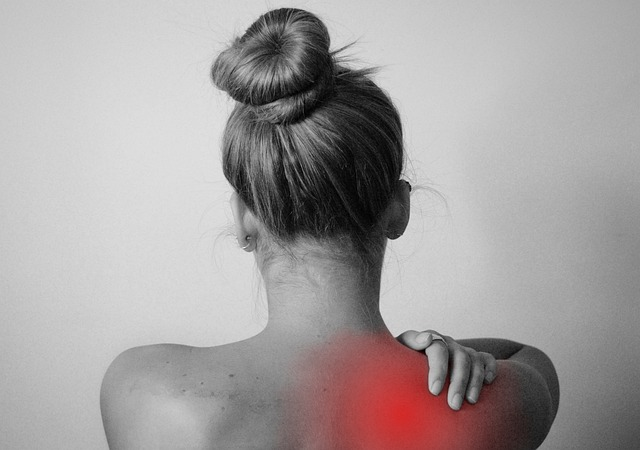
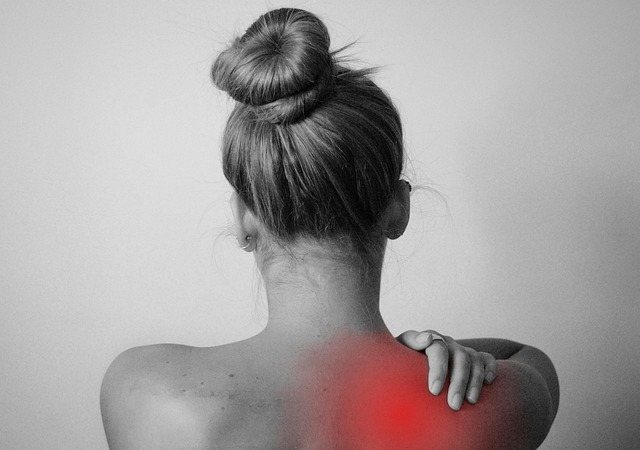
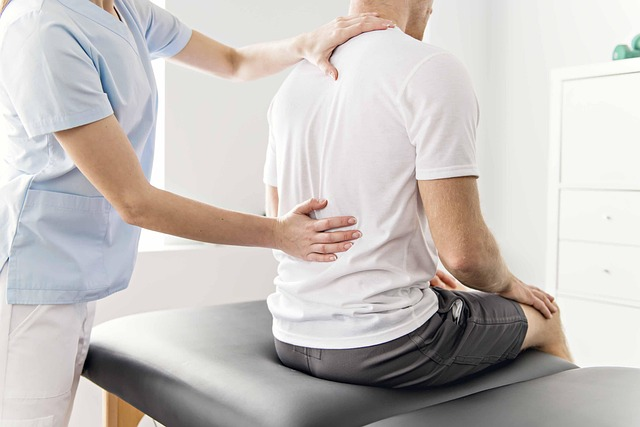
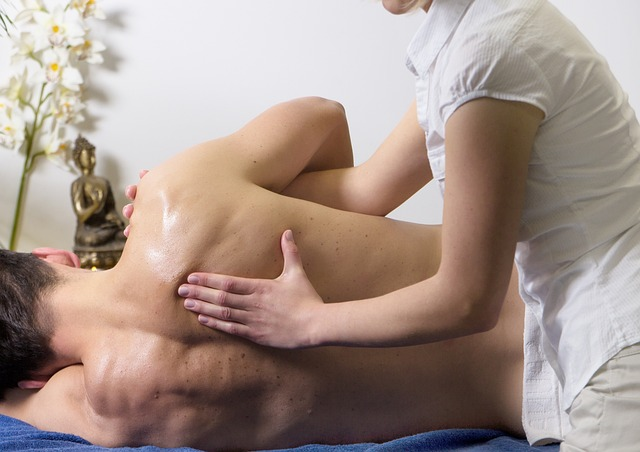

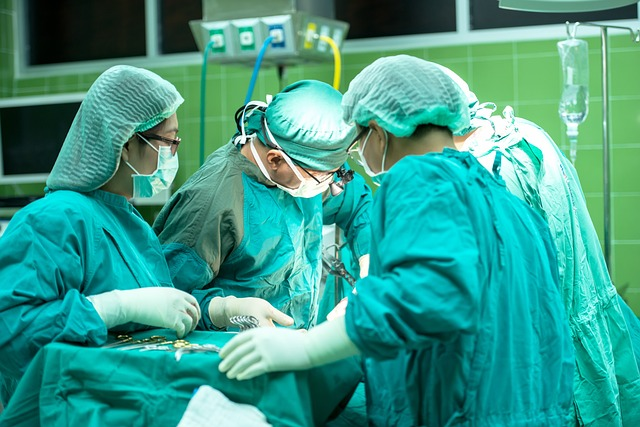
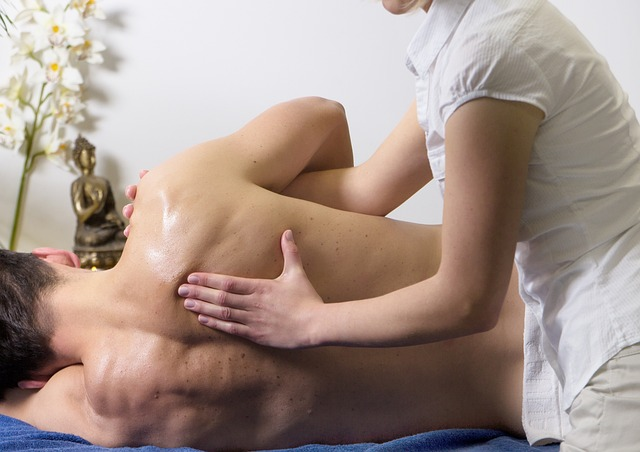

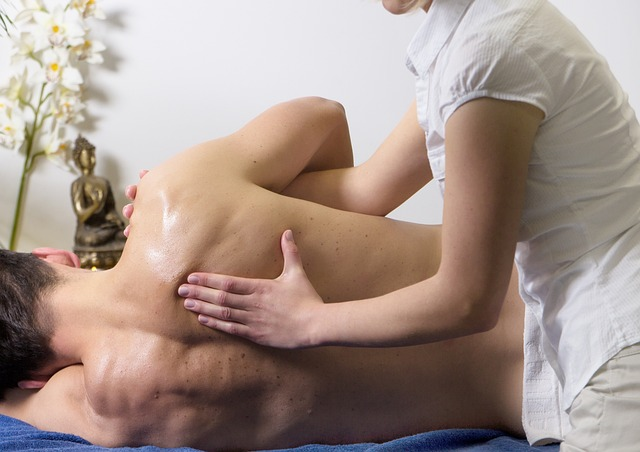
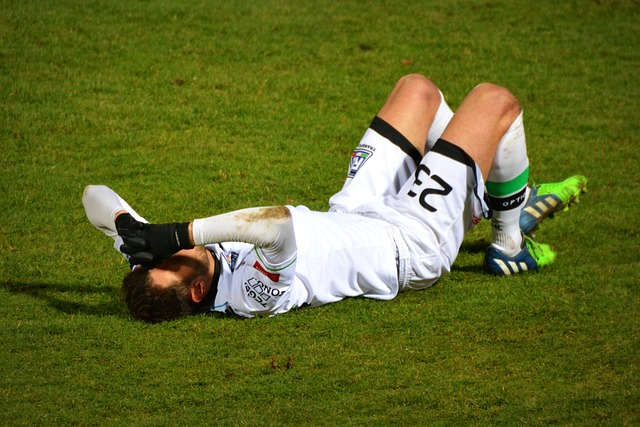
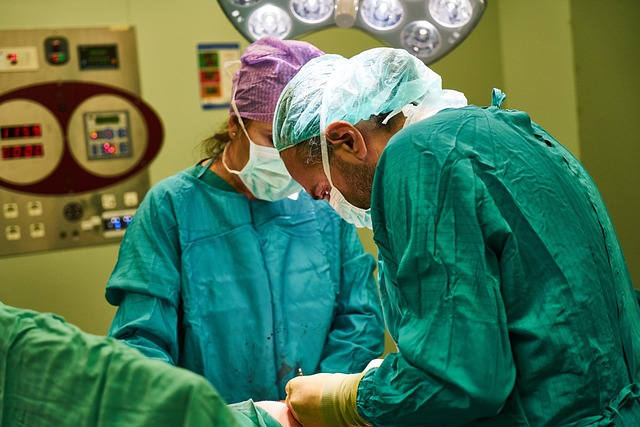
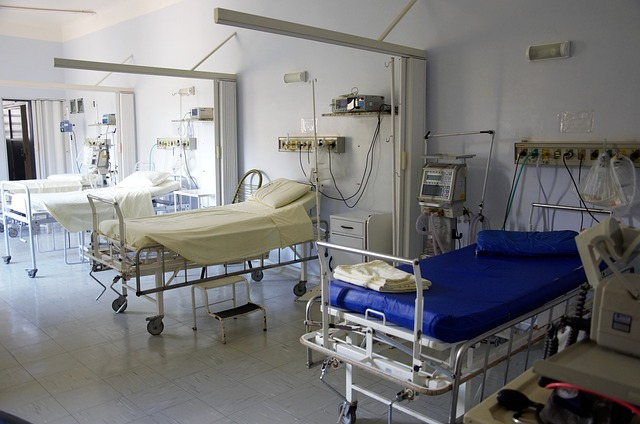
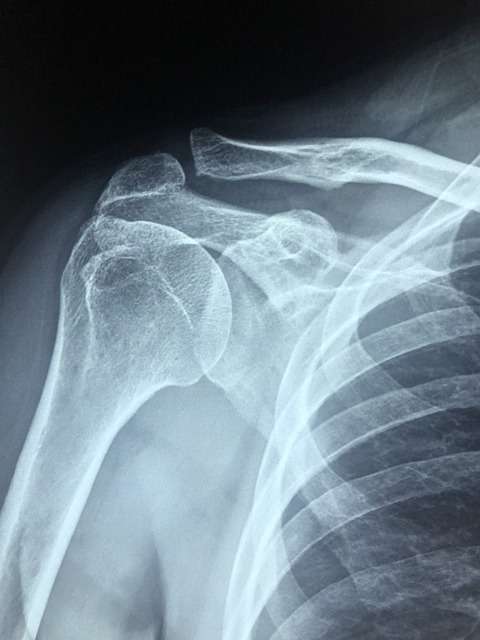
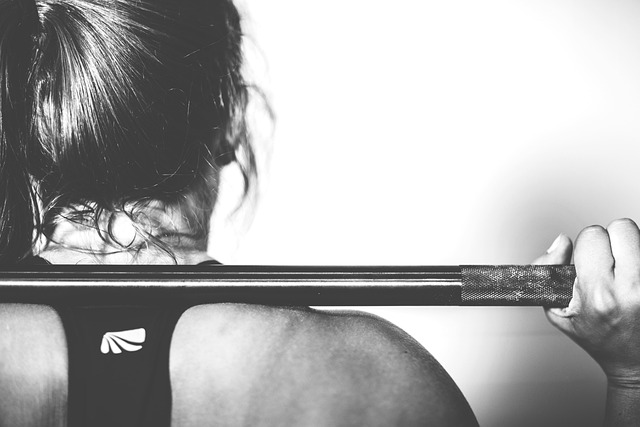
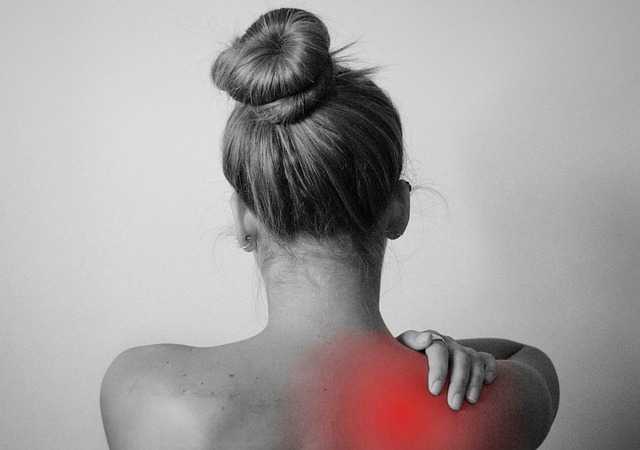
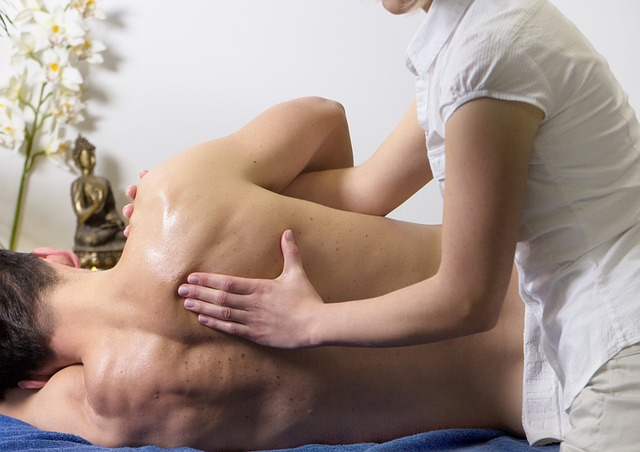
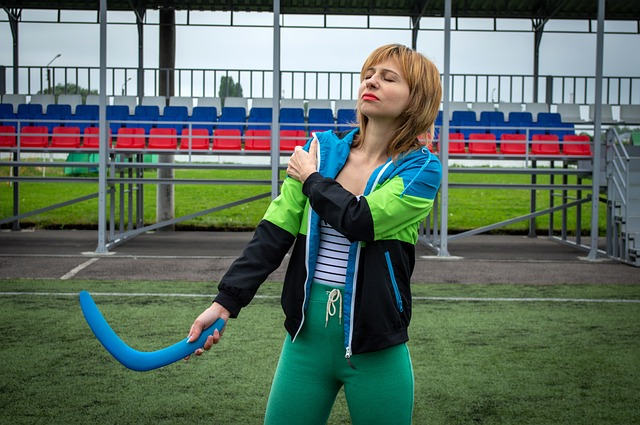
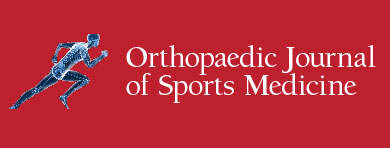
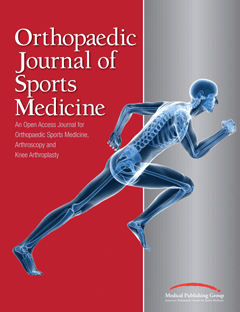 Kevin D. Plancher, MD, MPH is pleased to announce the online availability of
Kevin D. Plancher, MD, MPH is pleased to announce the online availability of  William D. Murrell, MD
William D. Murrell, MD Thomas B. Evely, DO
Thomas B. Evely, DO Clifford Voigt, MD
Clifford Voigt, MD Karthikeyan Chinnakkannu, MD
Karthikeyan Chinnakkannu, MD Max N. Seiter, MD
Max N. Seiter, MD Demetris Delos, MD
Demetris Delos, MD Lauren M. Fabian, MD
Lauren M. Fabian, MD